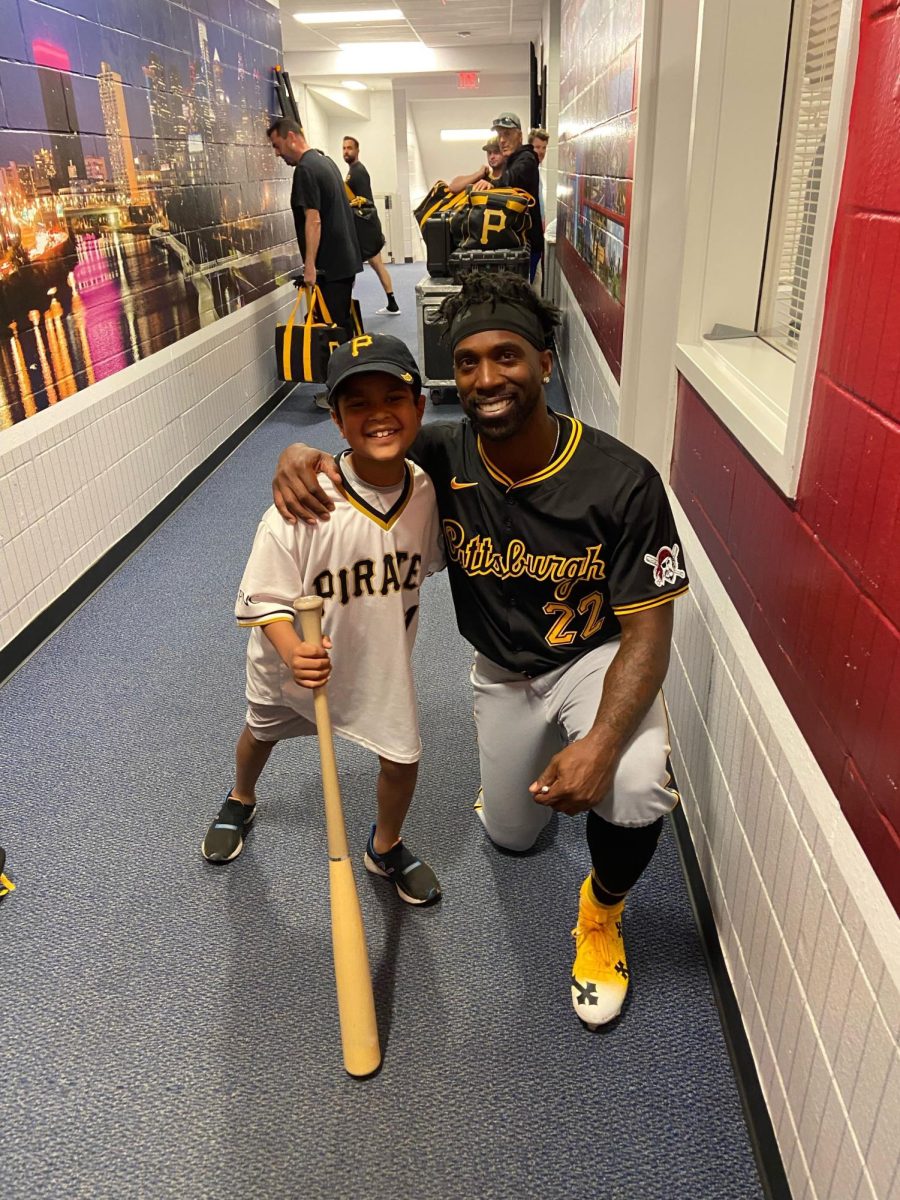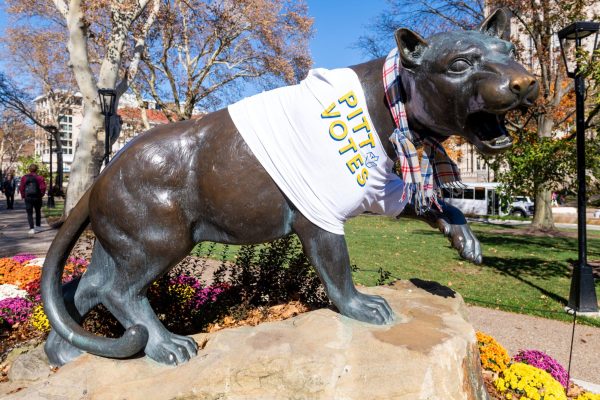Baseball: Panthers hold open tryouts, a dying trend in collegiate athletics
September 16, 2009
There are two roads to college sports.
The first road takes a high school player through heavy recruiting, close examination and an athletic scholarship.
The second road, though, takes a player through the challenge of walking on.
Walk-ons — non-scholarship athletes who make the team through tryouts — are the forgotten part of a collegiate athletic program. Some walk-ons are invited by the coaching staff, while others make the team through an open tryout system.
Pitt baseball held one such open tryout this past week, when the Panthers coaching staff searched for hidden gems and missing pieces.
For coach Joe Jordano, the open tryouts mark an important part of the offseason.
“We have added a few players over the years that have had an impact on our program,” Jordano said.
Hopeful prospective Panthers gathered at Trees Field last week to show the Pitt coaching staff what they could bring to the club. But nobody said making a college sports team was easy.
After just one night, the vast majority found out they wouldn’t be able to live out their dream of roaming center field or pitching the ninth for the Panthers. Although Jordano notes some tryout participants have gone on to don Panthers jerseys in the past, it’s an exception to the rule.
“Rarely do we see a player that has a major impact,” Jordano said. “The high majority of our roster will consist of recruited players.”
Not everybody went home disappointed, though.
“We are currently looking at one player,” Jordano said of the roughly 10 that tried out. Jordano didn’t name the player because he hasn’t made a final decision yet.
But why only one?
“We are not simply looking to add players,” Jordano said. “Any potential player will have to possess a skill that will improve our team and be better than a player on our current roster.”
Participants have almost no time to impress — the open tryouts are a one-night run through a gauntlet of fielding, hitting and pitching. According to Jordano, the tryout consists of “a pro-style baseball workout.”
A participant has to immediately catch the eye of assistant coach Danny Lopaze, who serves as recruiting coordinator.
Despite the long odds, tryout participants are still given an opportunity not offered at every school. Not all colleges have open tryouts like Pitt does.
Some major baseball schools, including Louisiana State, which won the College World Series last year, do hold tryouts in the fall, but others such as Texas and Nebraska limit walk-ons to a few invited recruits, or players the school liked out of high school but not enough to offer a scholarship to.
“We used to [have open tryouts],” Nebraska baseball spokesperson Shamus McKnight said. “But when the roster limit of 35 — 27 scholarship, 8 walk-ons — was imposed by the NCAA, it eliminated the need.”
Indeed, rules and regulations largely control how a program handles the tryout process. Some colleges want to take on a multitude of walk-ons but can’t because of budget limitations and fixed roster limits.
Bill Pennington of The New York Times reported in 2002 that many colleges looked to phase out walk-ons altogether in smaller sports for this very reason.
But for other schools that lack a large number of baseball scholarships to hand out, walk-ons and open tryouts are crucial.
Michigan last year built winning team around the system — five of its nine starting position players walked on. One of them, Tim Kalczynski, is now a team captain.
In addition, there’s no harm for upstart programs to search in unlikely places to find talent. Though improbable, there may always be a diamond in the rough in open tryouts.
And as long as it can happen, Pitt and other colleges will continue to hold them.







